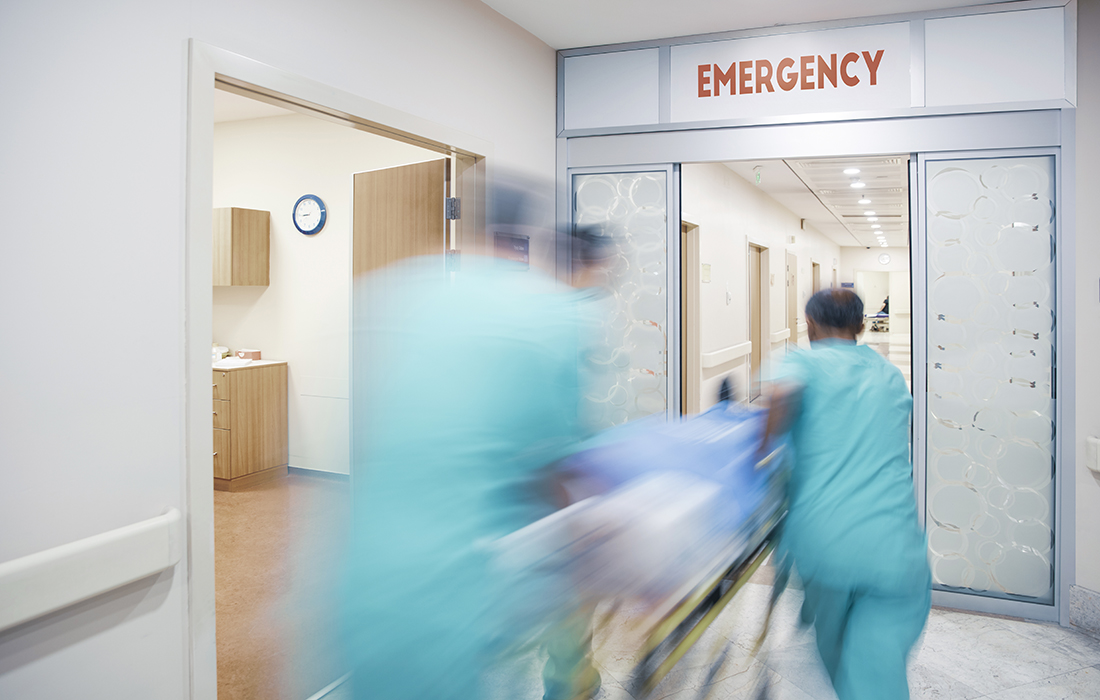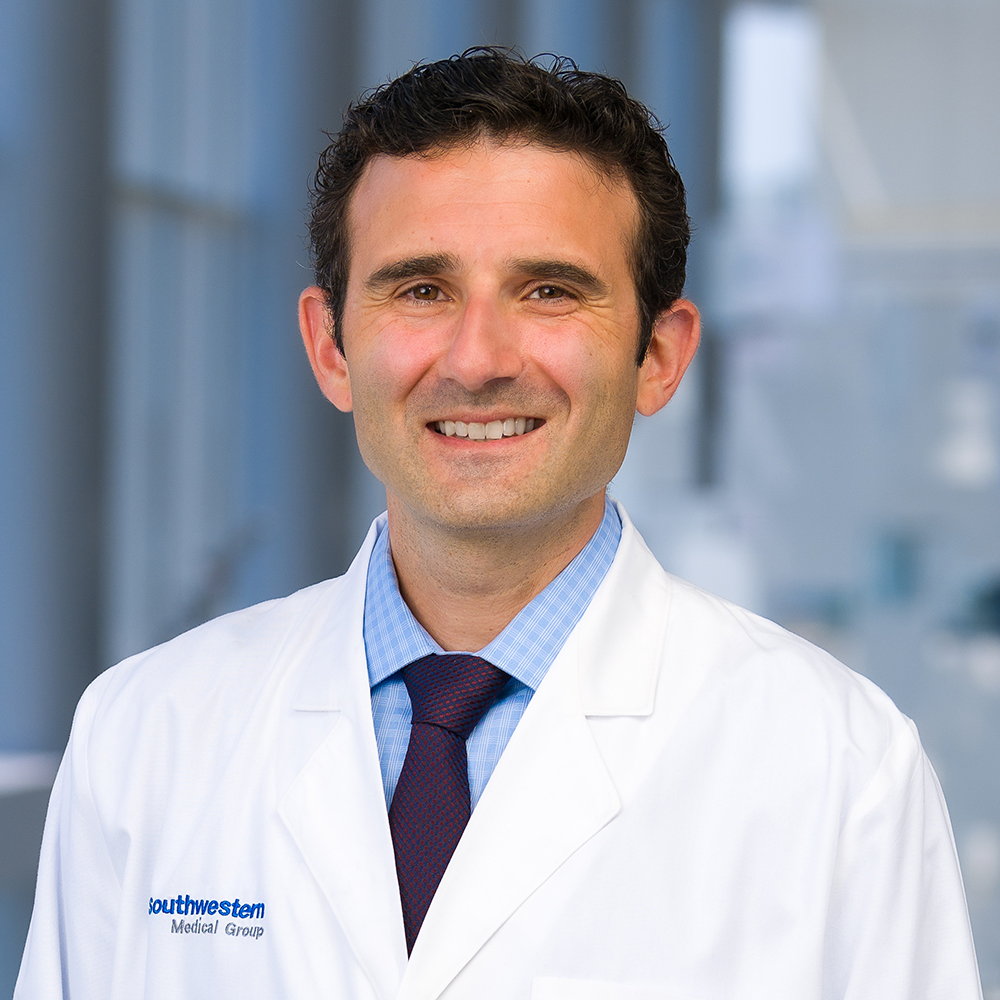UT System initiative funds trauma research to improve care
Trauma Research and Combat Casualty Care Collaborative awards $18 million to UTSW, 9 other institutions

DALLAS – June 5, 2024 – About 1.1 million people sustain burn injuries each year in the U.S., and 45,000 of those patients are hospitalized. Millions more suffer traumatic injuries, including wounds, broken bones, organ damage, and concussions from vehicle crashes, assaults, shootings, stabbings, falls, and other medical emergencies.
Now a new initiative funded by The University of Texas System and the state of Texas seeks to improve care for trauma patients, including both service members and civilians. UT Southwestern Medical Center is among 10 UT institutions to receive the first round of grants totaling $18,037,863 awarded by the Trauma Research and Combat Casualty Care Collaborative (TRC4) to fund groundbreaking research, product development, preventive measures, and training.
The funding will support research focused on pre-hospital care, innovative and novel surgical support technologies and devices, drugs, therapies, clinical practice techniques, trauma system registries and information management, and advanced complex wound management.

“When you think of cancer, diabetes, and heart disease, each costs around $300 billion a year,” said Benjamin Levi, M.D., Associate Professor of Surgery and Division Chief of Burn, Trauma, Acute and Critical Care Surgery at UT Southwestern. “But trauma is also a disease process – there are common themes among all patients who sustain injury. The cost of trauma across the U.S. annually is $4.2 trillion.”
Dr. Levi and colleagues at four other UT institutions received funding to advance burn patient technology they’ve been working on. The purpose of the Short Wave Assessment Tool in Texas (SWATT) is to enhance the ability of clinicians to assess the severity of a patient’s burns and the moisture content of burned tissue. While this is often a challenge, it is important: The deeper the burn, the less moisture content there is.
“If you look in the literature at how often we’re right when we make that guess, it’s only about 60% of the time,” said Dr. Levi, Principal Investigator of the SWATT research. “This has been a significant gap throughout burn care.”
Inspired by infrared technology used by firefighters to determine the moisture content in wildfires and track their movement, the team developed a handheld camera to help assess burn wound depth, guide more precise treatment, and predict outcomes. It has been used on patients at Parkland Memorial Hospital in Dallas and San Antonio Military Medical Center, with plans to enroll patients across UT System burn facilities to continue testing. Dr. Levi’s team also will collaborate with experts in artificial intelligence (AI) and machine learning at UT Dallas and UT Arlington.
Ten UT Southwestern researchers received a total of $2,875,557 for their trauma-focused research.
The UT System Board of Regents approved $2.5 million in 2022 to establish TRC4 at UT Health San Antonio in partnership with all UT System institutions and the Department of Defense. The Texas Legislature generously approved $20 million in 2023 to grow the program.
At UT Southwestern, trauma research was accelerated with the establishment in 2020 of the Center for Organogenesis, Regeneration and Trauma (CORT), led by Dr. Levi and Deborah Carlson, Ph.D., Assistant Professor of Surgery and Pediatrics and Vice Chair for Research in Surgery. Dr. Carlson said that with support from the state, TRC4 aims to serve all Texans.
“This has the opportunity to affect so many people. A lot of people are burned in Texas every year, and this can affect every single one who has a deep burn, because we are able to eventually utilize this in everyone from children to senior citizens to our soldiers,” she said. “The number of people this can impact is incredible, both in patient care as well as dollars saved by treating people correctly the first time.”
Dr. Levi holds the Dr. Lee Hudson-Robert R. Penn Chair in Surgery.
About UT Southwestern Medical Center
UT Southwestern, one of the nation’s premier academic medical centers, integrates pioneering biomedical research with exceptional clinical care and education. The institution’s faculty members have received six Nobel Prizes and include 25 members of the National Academy of Sciences, 21 members of the National Academy of Medicine, and 13 Howard Hughes Medical Institute Investigators. The full-time faculty of more than 3,100 is responsible for groundbreaking medical advances and is committed to translating science-driven research quickly to new clinical treatments. UT Southwestern physicians provide care in more than 80 specialties to more than 120,000 hospitalized patients, more than 360,000 emergency room cases, and oversee nearly 5 million outpatient visits a year.
